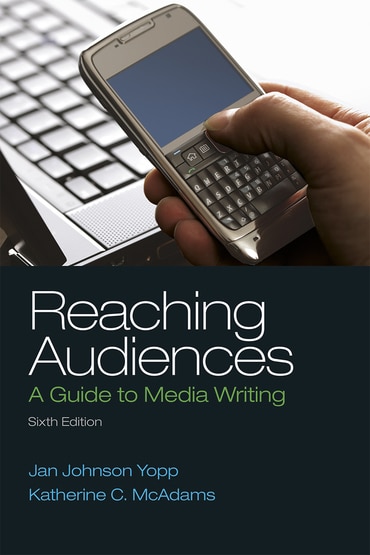Switch content of the page by the Role togglethe content would be changed according to the role

Reaching Audiences, 6th edition
Published by Pearson (July 14, 2021) © 2014
- Jan Johnson Yopp
- Katherine C. McAdams
12-month access eTextbook
C$54.99
ISBN-13: 9780137525263
Reaching Audiences
Published 2021
Need help? Get in touch